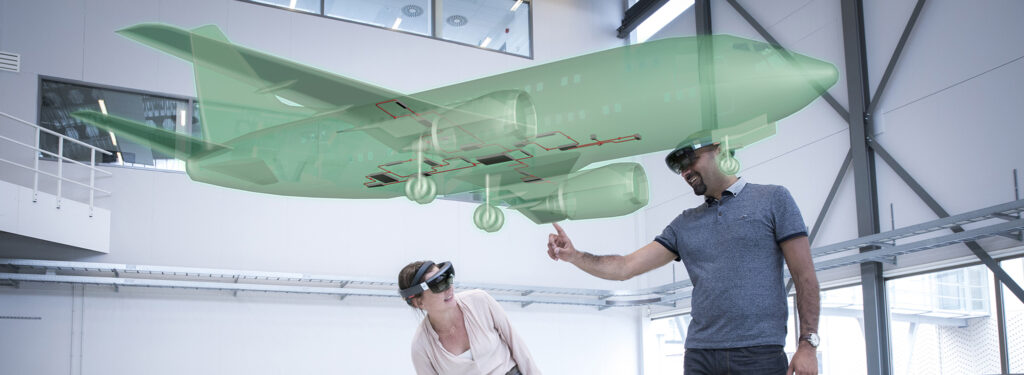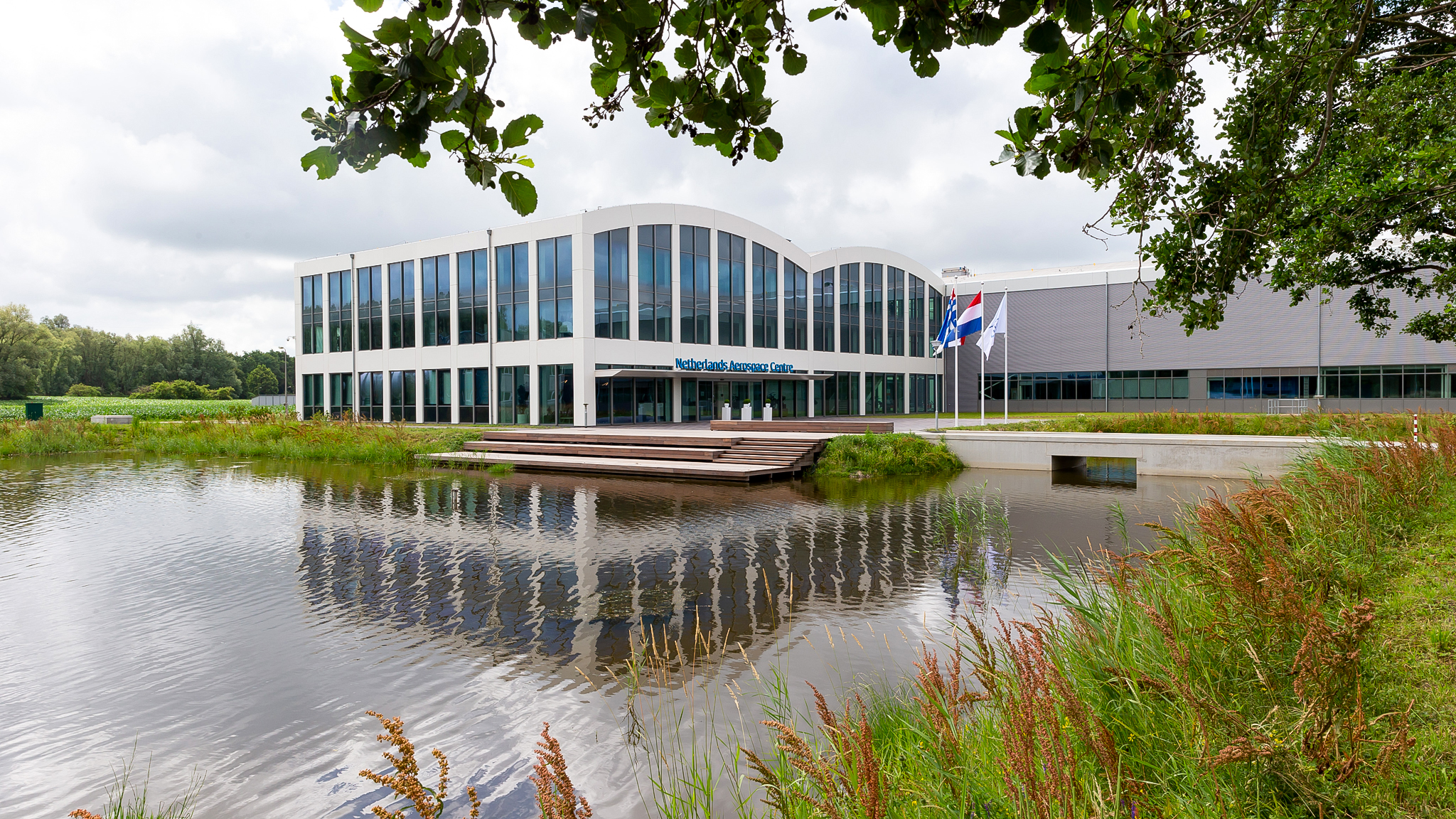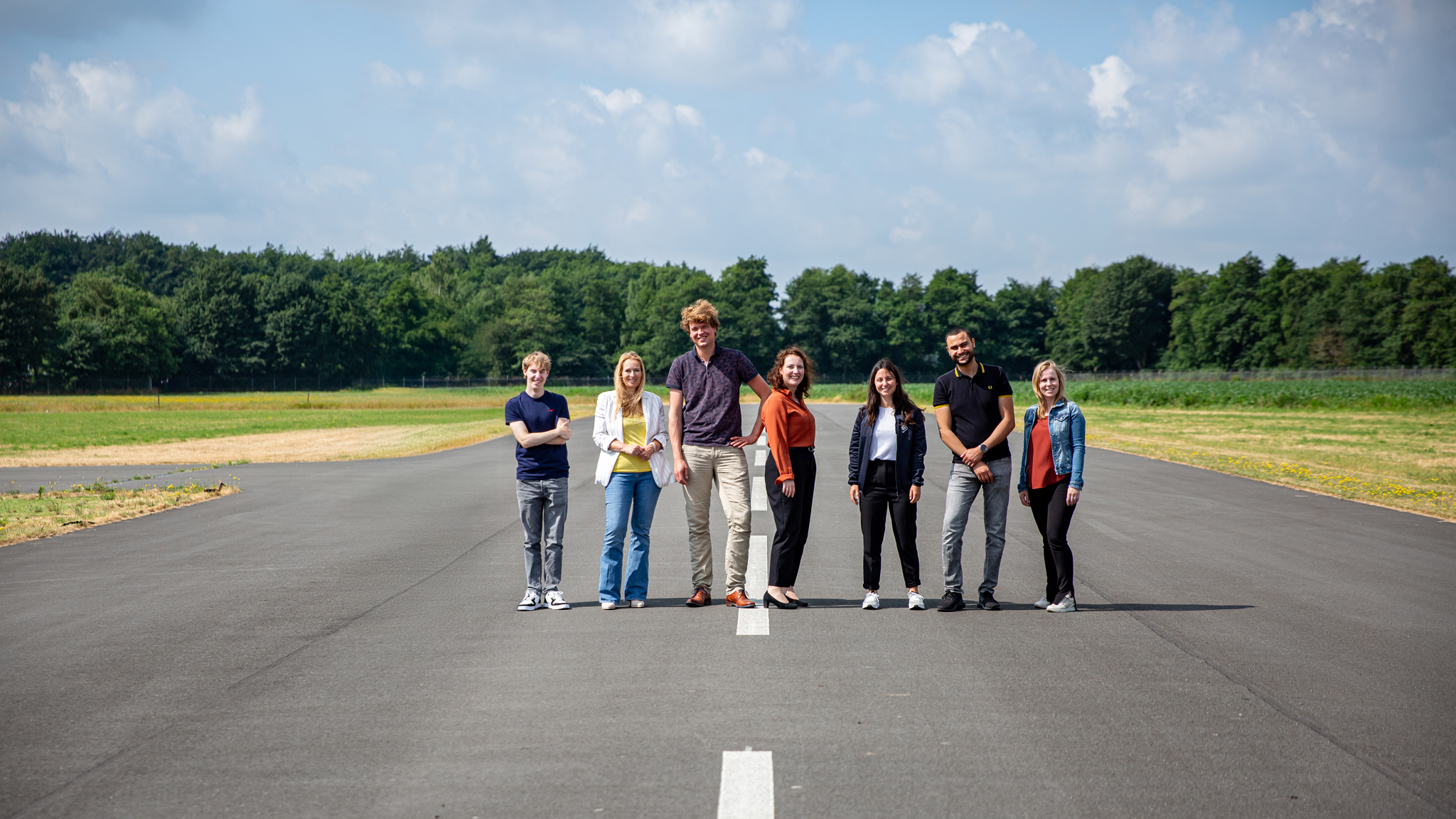Michel Peters, CEO of Royal NLR, is sketching out his image of aerospace and NLR in the period after the coronavirus crisis. COVID-19 first raised its ugly head at the end of 2019 in China. After the illness had spread to large parts of the world in a few months, a worldwide pandemic was declared in March 2020. The social consequences of the disease and the measures put in place for it are huge. That applies to the entire aviation sector too.
A new mindset
Economies throughout the world are closely interlinked. That will remain the case, meaning that prosperity – thanks to globalization – will keep increasing for many people in the longer term; air transport of people and goods will continue to play an indispensable role in that. The aviation sector also got going again after a dip following earlier crises such as 9/11 and SARS. The crisis caused by COVID-19 won’t be any different. Aviation will recover to the best of its ability and will largely return to the pre-COVID levels, but with a paradigm shift to sustainability that demands a different mindset.
Expectations for civil aviation
The focus for the aviation sector is now primarily on survival. The crisis is affecting all parties, each in their own way. There are short-term consequences for some, whereas the impact is long-term for others. The immediate effect on the airlines speaks volumes: the bulk of the fleet is grounded. The immediate consequences will be seen straight away for OEM companies such as Boeing and Airbus, or aircraft engine manufacturers such as General Electric and Rolls-Royce, as well as other suppliers such as GKN Fokker. The crisis will ultimately affect their suppliers too, and the whole chain of companies involved in the longer term. If they are to keep their heads above water, new collaborative links may have to be forged. The sector needs to anticipate the new situation. Peters says that the economy will gradually start up again and recover, though. And that applies to civil aviation too.
“It’s still too early to say anything sensible about whether and when we’ll get back to the same level as before the coronavirus crisis,” says Peters.
“What is clear, though, is that the longer the lockdown lasts, the greater the effect will be on the economy as a whole and therefore on aerospace. It affects everyone in the chain, such as commercial airliners, OEM companies and their suppliers, MRO firms and research centres. And a six-foot-separated (1,5 meter) society will add extra operational challenges for the rebuilding. Take airports, for example, and everything involved in making aircraft as safe, efficient and effective as possible. There are also all the companies involved that make the passengers’ journeys as pleasant as possible, from planning a journey through to arrival at the final destination. There are major consequences for all of them.”
The role of NLR
Health is priority number one. But once the aerospace sector can get down to work on recovering, the focus will initially be on cost savings and efficiency. Key aspects of this are not only competitiveness but also safety (including aircraft safety). Innovations from NLR can be very important there such as cost savings and effective MRO training for maintenance personnel by using Augmented Reality. That also still applies for military aviation, incidentally, and the whole defence industry that comes with it, which are both managing to stay on their feet pretty well in these difficult times.

In the meantime, the governments will look at the options and exert their influence both nationally and internationally, both during and particularly after the crisis. Recovery goes hand in hand with greater attention to the sustainability objectives. For example Frans Timmermans, Executive Vice-President for the European Green Deal of the European Commission is pleading the case for ‘green recovery’, with an eye on making Europe resilient and sustainable. NLR will therefore be helping the sector to achieve these longer-term objectives for climate-neutral aviation, with the ultimate aim of making flying completely ‘circular’ (closed-cycle) and not burdening the environment.
Beating the crisis is crucial, but sustainability is becoming more important than ever and environmental targets can only be met if we invest heavily in innovation. This is a joint task for the aviation sector, governments and expertise centres.



